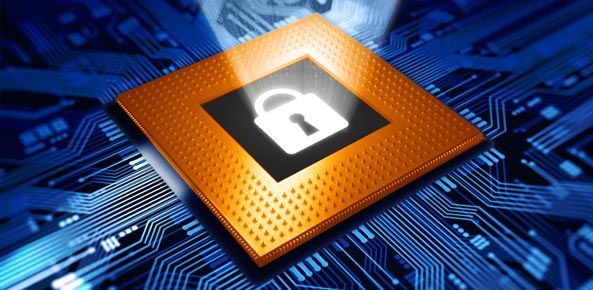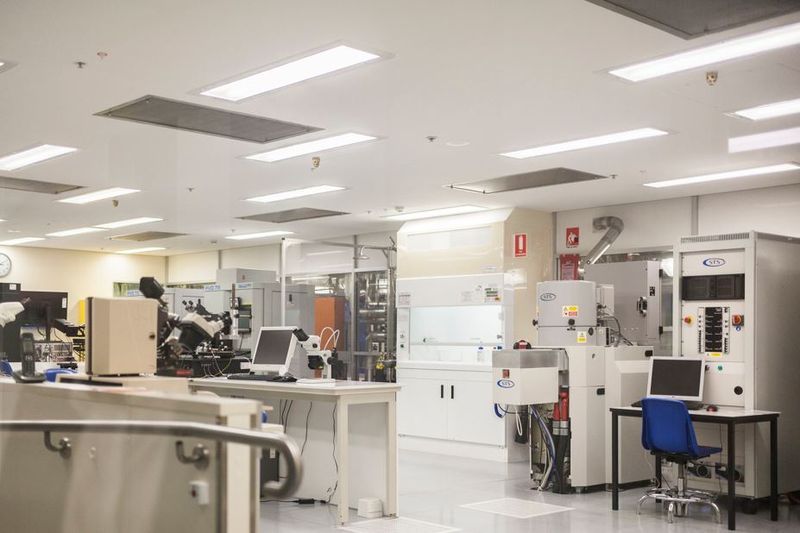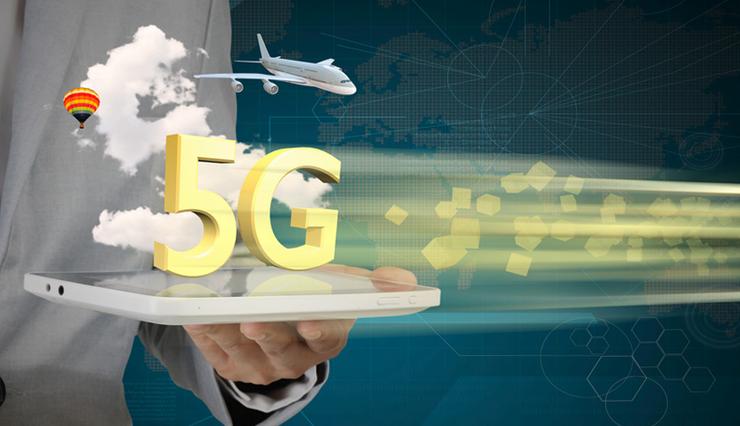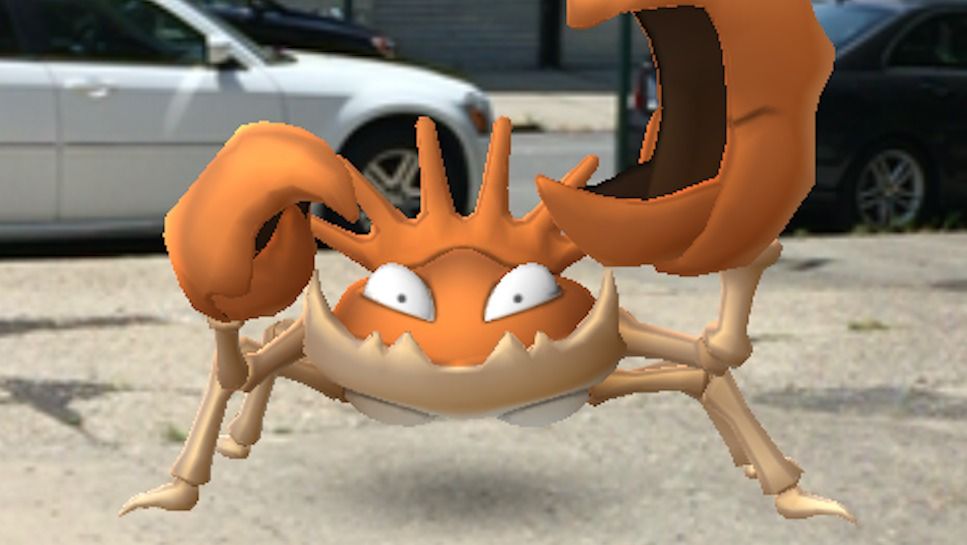Want to buy the World-Check terror suspect DB? You can on the Dark Web for $6750.
Last month’s borked Couchdb breach delivers more pain to Thomson Reuters.


Their back.
The internet has always been the most preferred platform for carrying out illicit activities. The underground black markets are not a new phenomenon in the virtual world. However, these black markets are now becoming more sophisticated and organized. Darkness is one such underground marketplaces which are rising and becoming uglier. Though law enforcement agencies have brought down the number of such illegal platforms, the Darknet markets are up and running. Darknet markets are growing bigger than ever with over $50 million UDS transactions reportedly flowing through these marketplaces and it is a big challenge in front of security agencies and governments to finish this underground industry from its roots.
Decoding Darknet
As the name suggests, the Darknet market, also known as Cryoto market is a commercial website on the dark web that operates via darkness such as Tor and I2P. These markets primarily indulged in illicit activities such as drug peddling, trade of cyber-arms and weapons, counterfeited currencies, stolen credit card details, forged documents and other illicit goods. Though Darknet started gaining popularity from 2006 onwards, the traces of underground market lie in the early 70s when students at Stanford University and Massachusetts Institute of Technology created, dubbed as the first Darknet marketplace, ‘ARPANET’ to purchase cannabis. Since then, many such dark markets have mushroomed such as Cyber-arms Bazaar, ShadowCrew, the Farmer’s Market, Silk Market 2.0, Agora, AlphaBay etc.

Today’s high-speed wired communication networks use lasers to carry information through optical fibers, but wireless networks are currently based on radio frequencies or microwaves. In an advance that could one day make light-based wireless communications ubiquitous, researchers from Facebook Inc.’s Connectivity Lab have demonstrated a conceptually new approach for detecting optical communication signals traveling through the air.
The team described the new technology, which could pave the way for fast optical wireless networks capable of delivering internet service to far-flung places, in Optica, The Optical Society’s journal for high impact research.
Bridging the Digital Divide
Facebook’s Connectivity Lab develops technologies aimed at providing affordable internet services to the approximately 4 billion people in the world who cannot currently access it. “A large fraction of people don’t connect to the internet because the wireless communications infrastructure is not available were they live, mostly in very rural areas of the world,” said Tobias Tiecke, who leads the research team. “We are developing communication technologies that are optimized for areas where people live far apart from each other.”

Luv it; more believers.
Quantum computers promise to enable faster, far more complex calculations than today’s silicon chip-based computers. But they also raise the possibility that future computers could retroactively break the security of any digital communications that exist today, which is why Google is experimenting with something called “post-quantum cryptography.”
While quantum computer development remains in its early stages, some such computers are already in operation. In theory, future generations of quantum computers could “decrypt any Internet communication that was recorded today, and many types of information need to remain confidential for decades,” software engineer Matt Braithwaite wrote yesterday in a post on Google’s security blog. “Thus even the possibility of a future quantum computer is something that we should be thinking about today.”
Preventing potential nightmares for cryptographers and security organizations will require post-quantum cryptography, Braithwaite said. But Google is far from the only organization researching the possibilities.

Science and the internet have an uneasy relationship: Science tends to move forward through a careful and tedious evaluation of data and theory, and the process can take years to complete. In contrast, the internet community generally has the attention span of Dory, the absent-minded fish of “Finding Nemo”(and now “Finding Dory”) — a meme here, a celebrity picture there — oh, look … a funny cat video.
Thus people who are interested in serious science should be extremely cautious when they read an online story that purports to be a paradigm-shifting scientific discovery. A recent example is one suggesting that a new force of nature might have been discovered. If true, that would mean that we have to rewrite the textbooks.
As a physicist, I’d like to shed a disciplined scientific light on the claim.

The warning from QuintessenceLabs’ CTO John Leisoboer is stark. “When sufficiently powerful quantum computers become generally available,” he says, “it’s guaranteed to break all existing cryptographic systems that we know of.”
In other words, he adds, “Everything that we’re doing today will be broken.”
It’s a sentiment echoed by Google’s Chrome security software engineer Matt Braithwaite who wrote in a blog post earlier this month that “a hypothetical, future quantum computer would be able to retrospectively decrypt any internet communication that was recorded today”.
Profusa (South San Francisco, CA) has won a $7.5 million grant from the Defense Advanced Research Projects Agency (DARPA) and the U.S. Army Research Office for further development of its tissue integrated biosensor technology, the company said Tuesday.
The U.S. military sees value in the technology improving mission efficiency through real-time monitoring of combat soldier health status.
“Profusa’s vision is to replace a point-in-time chemistry panel that measures multiple biomarkers, such as oxygen, glucose, lactate, urea, and ions with a biosensor that provides a continuous stream of wireless data,” Ben Hwang, PhD, Profusa’s chairman and CEO, said in a news release.


If you’ve been online at any point in the past week, you’ve probably come to realize that Pokémon Go is in the midst of a full-fledged internet takeover. It’s the top app in the iOS App Store, and just yesterday, it was revealed that people are using Pokémon Go more than they are social media apps like WhatsApp, Instagram, Facebook, and Snapchat.
But it turns out it was more loved than any of us realized, as by certain metrics, Pokémon Go is more popular than one of the main pillars of the internet: porn.
This weekend, video game industry analyst ZhugeEX discovered that according to Google Trends, people are searching for Pokémon Go more than they are for pornography. Take a look at the data for yourself here, or check out the screenshot below:
